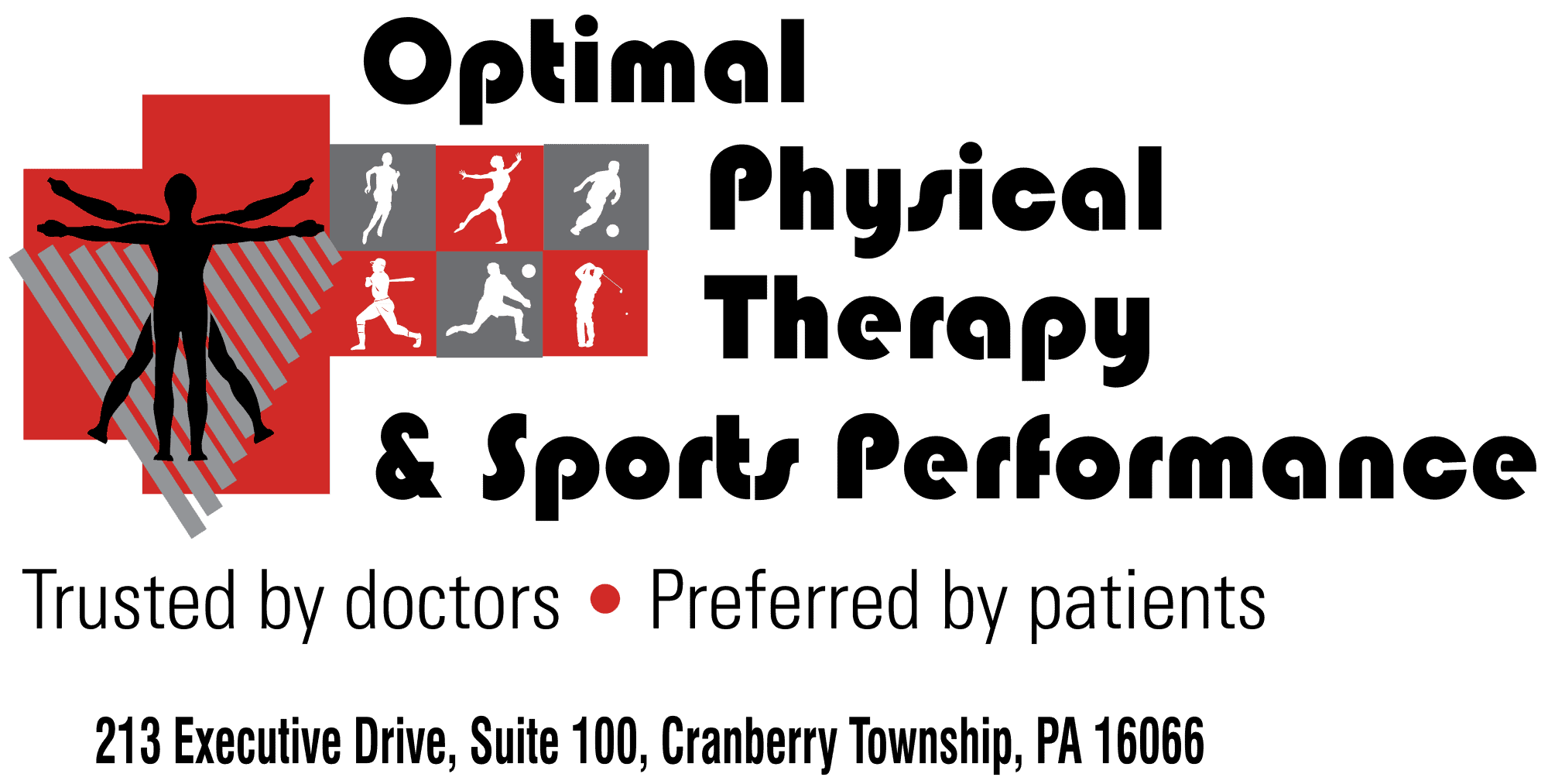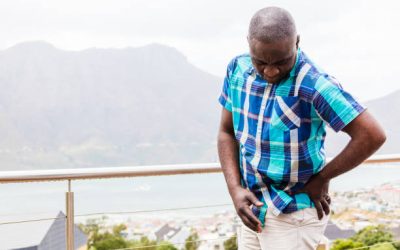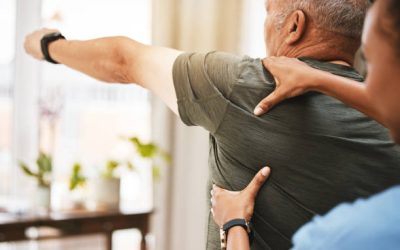As the warm weather starts, people want to enjoy their outside activities. Walking, running, golfing, yard work/gardening and pickle ball are popular but often can lead to lower leg and foot pain. Weaning into these activities is important especially if you have been more sedentary during the winter.
Proper footwear is the key to tolerating extended standing events. Everyone has a certain amount of shock absorption and stability built into their foot and ankle. Based upon your foot type, the shoes may need to provide the features you do not have naturally. Walking and running shoes are built for shock absorption, stability or a combination of the two. Someone who needs stability but wears a shoe built for shock absorption may develop pain the more active they are. Similarly, a person who needs shock absorption who wears a shoe with mainly stability features, will develop pain for other reasons.
Prolonged barefoot activity or wearing unsupportive shoes, sandals and flip flops can often result in plantar fasciitis. This is a thick band of tissue that runs along the bottom of the foot from the “ball of the foot” (metatarsal heads) to the bottom of the heel and helps provide arch support. When stability or arch support is needed and not provided, this band becomes inflamed and can be very painful and eventually limit your activities.
“Shin splints” is a general term meaning pain in the front of the lower leg. This occurs with overuse and must be determined if it is from over-activity of the muscles or a stress fracture of the tibia bone. Often people who are in need of more arch support develop these conditions since the lower leg muscles are trying to control the excessive foot and ankle motion.
Achilles’ tendonitis is another frequently developed condition. People complain of pain along the tendon behind the ankle or at the back portion of the heel. It is an overuse injury which often starts mildly and can progress to sharp burning pain. Special attention needs to be addressed to the flexibility of the two main calf muscles.
The good news is that all of these conditions can be easily assessed and treated by a physical therapist. Recommendations for the proper type of shoe, over the counter or custom orthotic, or possible need for a small heel lift to temporarily unload the Achille’s tendon can be made. Treatments to reduce pain/inflammation, restore proper flexibility and strength to involved muscle groups and return to activity can be fast and effective. Do not suffer needlessly thinking it will just go away.
At Optimal Physical Therapy and Sports Performance, a licensed physical therapist can help assess your problem, establish a individualized treatment program and get you back to the activities you enjoy. Do not let your nagging mild to moderately painful condition get to the level where you cannot participate this summer. Call us today at 724-779-1300



